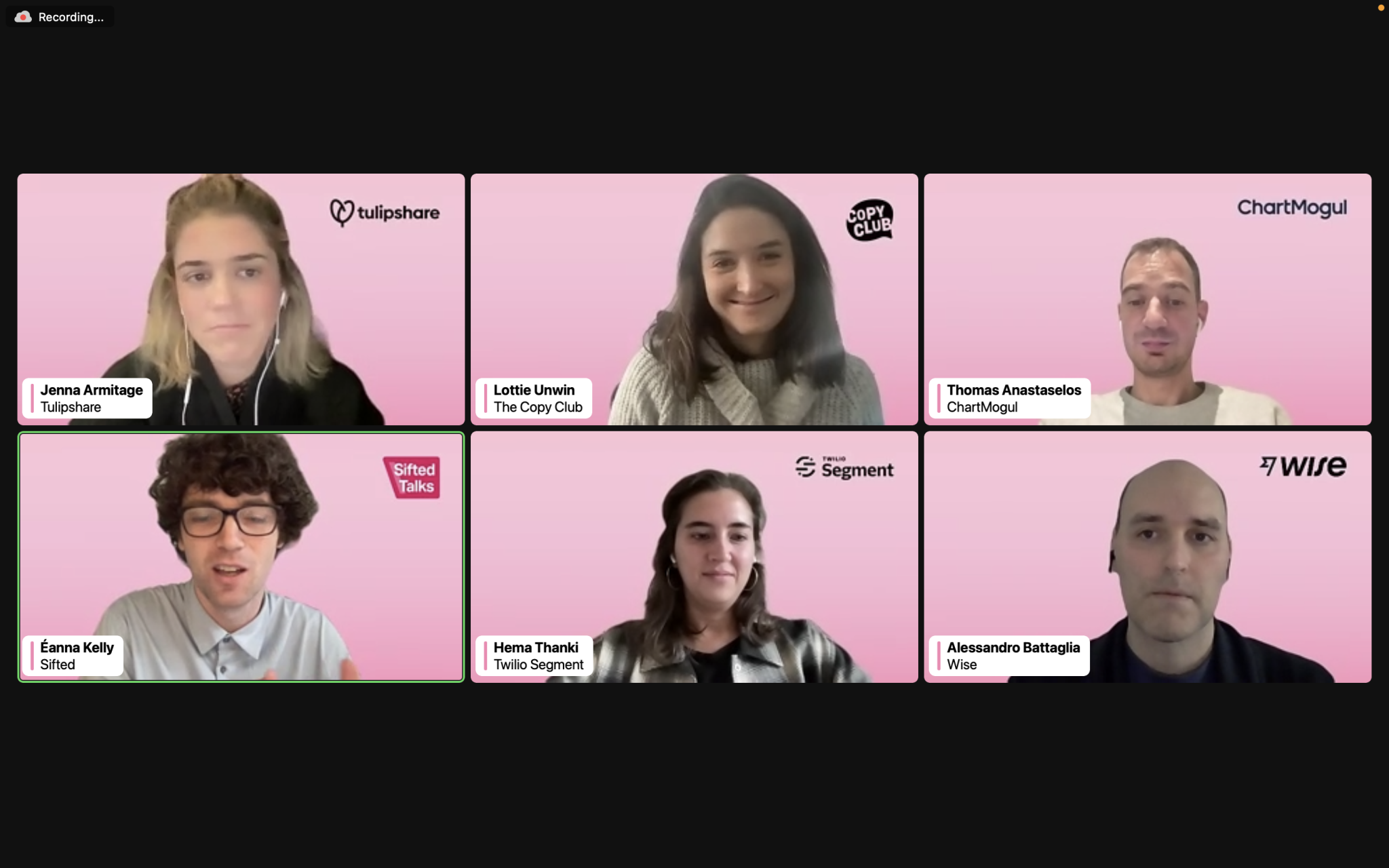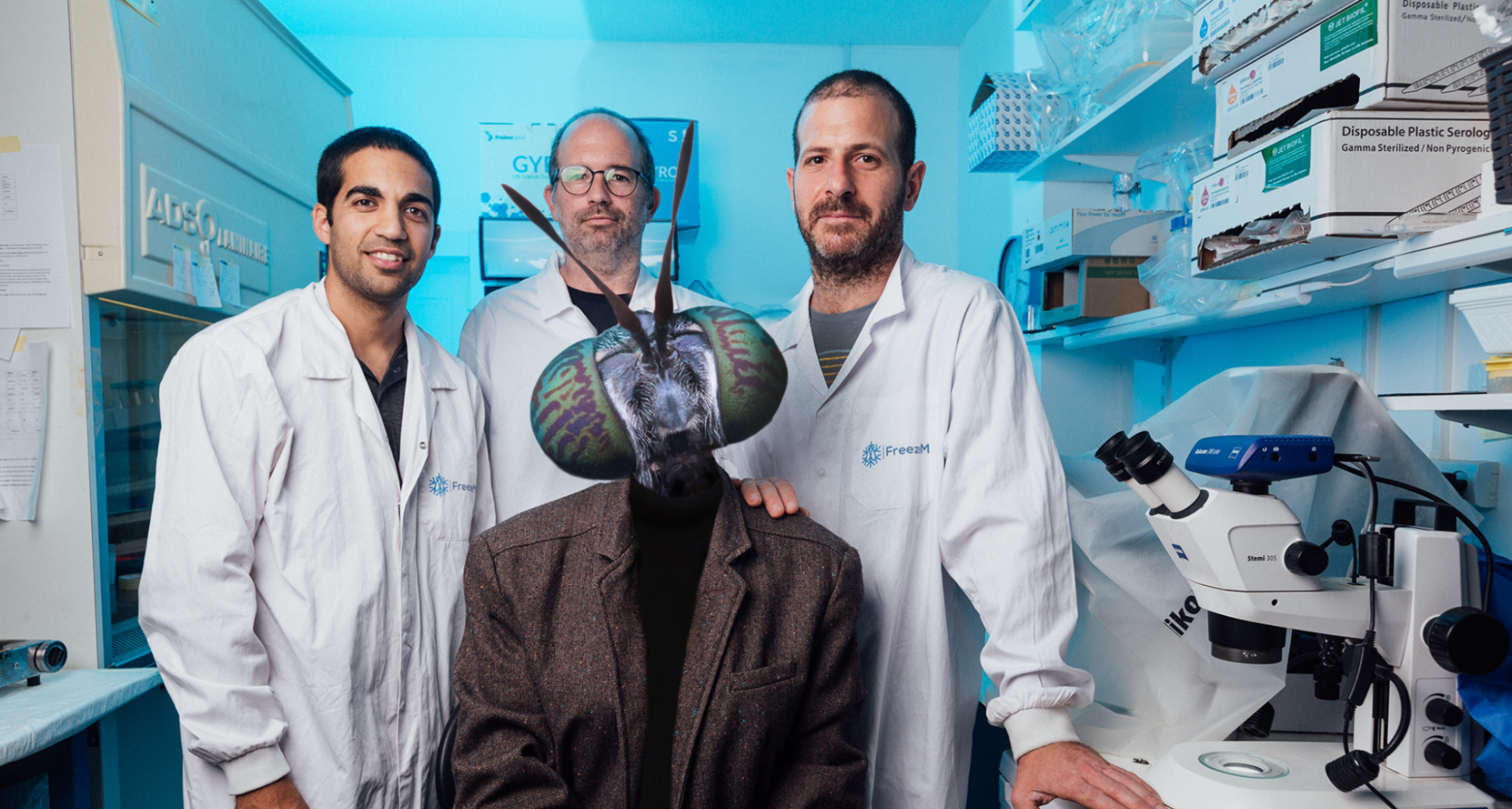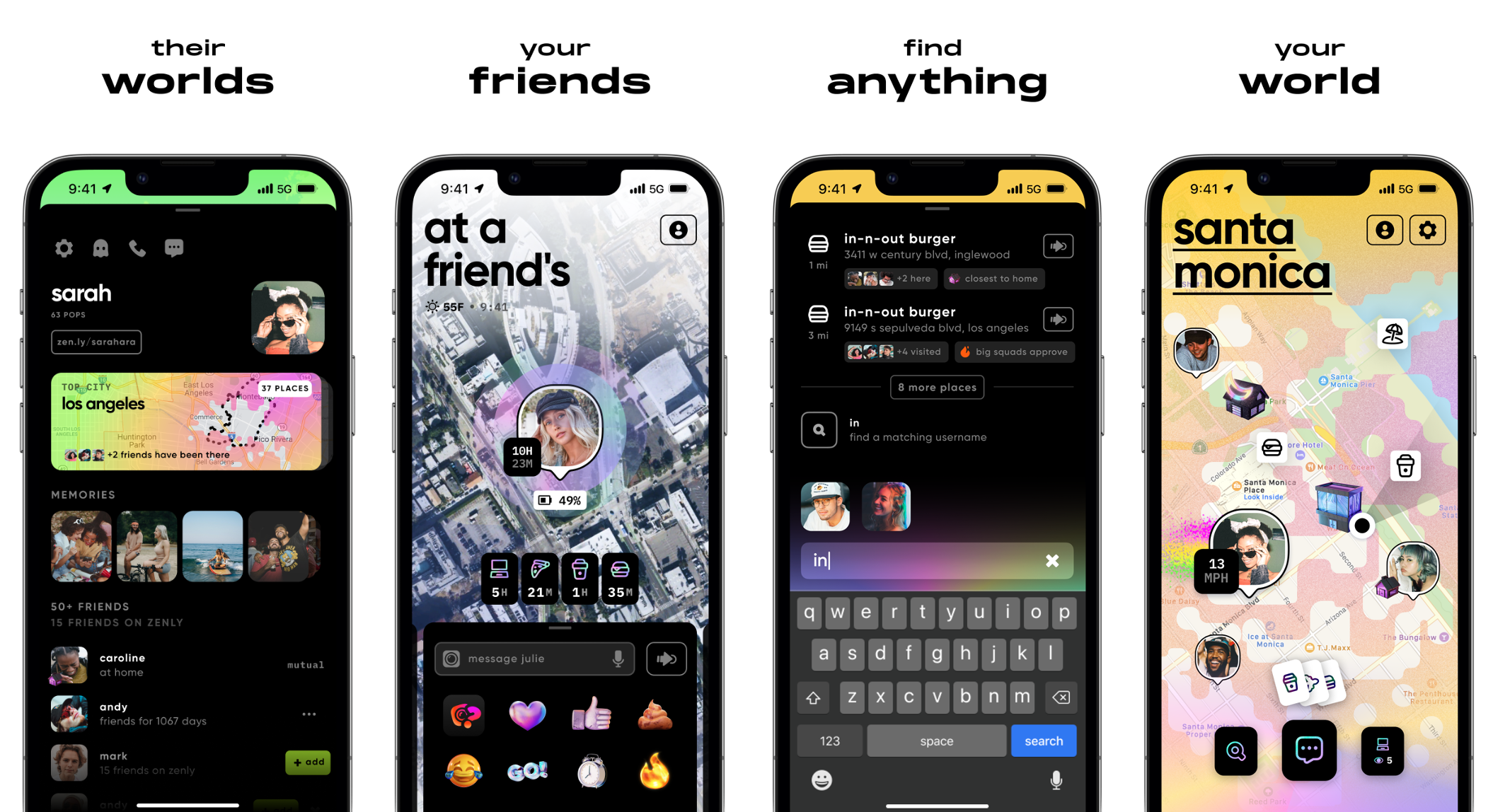Over the past few years, Elina Berglund, CEO and founder of Swedish fertility app Natural Cycles, has been well and truly through negative press. First came reports in Sweden of unintended pregnancies among women using the app, which tracks body temperature to predict when women are at their most fertile. Then in August this year, the company made headlines again when the UK’s Advertising Standards Authority ruled that one of its Facebook ads was misleading. The British press, and then sites across the globe picked up the story; they now make up more than a full page of Google news hits.
“We’ve had quite a rollercoaster with the media throughout the years,” says Berglund, who started Natural Cycles with her husband and co-founder Raoul Scherwitzl in 2013, after years working as a physicist at Cern. The app now claims more than 950,000 users primarily in the UK and Sweden, and in 2017 became the first app in Europe to receive CE certification as a “medical device for contraception”. In August this year, it received FDA approval in the US.
Berglund has learned that working in an attention-grabbing area is both a benefit – and a curse. “Unfortunately the media shows a lot of interest in women’s health, so the negative media spreads very, very quickly. Information gets distorted along the way, so a lot of articles are published with stuff that’s not true or verified.”
Negative media spreads very, very quickly
“If we get a lot of negative press, it’s really hard to recover from that dent in trust in the brand,” she adds. “Often the damage has already been done. We’re so dependent on trust – it’s what our brand is all about.” It’s an acute challenge for many of the health tech startups garnering good and bad headlines at the moment (such as digital doctor Babylon).
Now, ahead of launching in a third market – the US – early next year, Natural Cycles is giving its media strategy an overhaul and putting into practice lessons learned the hard way.
1. When the s**t hits the fan, act fast
Soon after the first media storm, Natural Cycles contracted a crisis communication consultant. Now it has a whole team employed to contact journalists to proactively correct any misinformation, and also ready to respond quickly to any negative press. “Part of it is reaching out to journalists, explaining our side of the story,” says Berglund. “And then, what of course as a founder you don’t want to hear – they tell you you have to lay low for a while.”
You have to lay low for a while
Doing interviews can exacerbate the problem; even if features are mostly positive, it’s likely the negative story will be repeated or referred to. “That keeps it alive.”
Payback also doesn’t come easily. When, in September this year, the Swedish Medical Products Agency completed a six-month investigation into the pregnancy rates reported by Natural Cycles’ users and concluded that the product was as effective as it claimed, Berglund was hoping for some triumphantly positive press. “It was our chance to come back. We reached out to journalists, but there wasn’t much interest in telling that side of the story.”
2. Be clear who the product is for
Communicating exactly what to expect from the app is part of Natural Cycles' marketing mission in the US. Its run-in with the UK’s Advertising Standards Authority (ASA) earlier this year arose from miscommunication: it centred on the claim in a Facebook advert in 2016 that the app was “highly accurate”. (More precisely, its effectiveness rate is 93% based on typical usage, or 99% with perfect usage.) “Saying [highly accurate] didn’t make sense,” admits Berglund; “effective” is a more appropriate term. “The ASA was entirely right. We took it down right away and, in principle, it was not a big deal. The media really did blow it up.”
Attracting the right customers has also proven essential. “The media often interprets from our communication that this product is for younger women,” adds Berglund. That’s far from the truth – Natural Cycles’ average user is 30 years old, and can only be used by those over 18. “So we’re trying to be super clear that this is for a woman at a specific stage of her life; [probably] in a stable relationship, who might consider pregnancy in a few years.”
To make its communication crystal clear, Natural Cycles is currently running focus groups with women in the US, to work out what kind of messaging helps them best understand who the product is for. That, Berglund says, is a luxury the company didn’t always have. “It’s quite expensive work. When we started in Sweden, with no money and no employees, we would speak to women on the street and at events.”
3. Get key stakeholders onside before launch
In September, Berglund and Scherwitzl moved from Stockholm to open an office in New York. They want to be the boots on the ground for important pre-launch conversations with experts.
“In Sweden, we went directly to consumers and overlooked working with the medical community. It was definitely a mistake, and one reason we got these reports [from hospitals] of unintended pregnancies: we hadn’t explained to doctors and midwives how many pregnancies to expect.”
So now, aside from users, they’re also speaking to professors and opinion- leaders in women’s health, and educating medical staff about how the product works, who it is for and, crucially, who it is not for. They’ve also engaged a PR agency with experience representing medical products and devices, and communicating around sensitive issues.
4. Opt for highly-targeted PR
That said, Natural Cycles wants to move away from scattergun press coverage. “As we’ve seen, it goes very up and down. It’s very hard to predict or control – a little bit like Russian Roulette,” says Berglund.
In Sweden, the company ran a lot of campaigns with social media influencers. It has also run two TV commercials. On both occasions, the ads led to a media backlash and even more negative press.
“That was not the best decision,” Berglund reflects. “TV reaches very broadly, it’s really not targeted at all. So that’s when we learned that going for a broad channel, like TV, is not the best.”
Going for a broad channel, like TV, is not the best
In the US, Natural Cycles wants to find a mix of marketing channels that will enable it to target a very specific audience with its ads. Facebook is one definite possibility; it’s looking into others.
“Our main goal for the next year is launching and growing in the US – without any negative press or backlash,” says Berglund. “But of course we also want to come back in the UK and Sweden, straightening out any misunderstanding and explaining who Natural Cycles is great for.”


